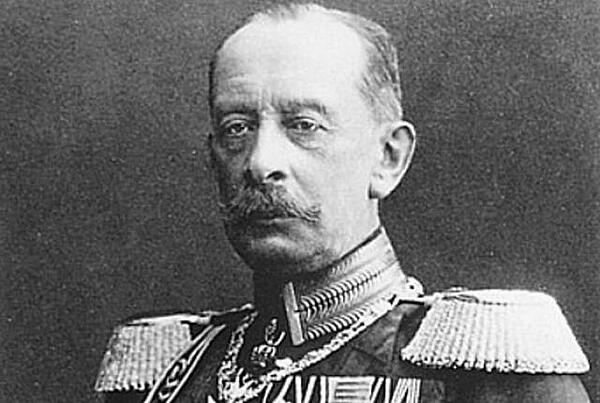Count Alfred von Schlieffen
Count Alfred von Schlieffen, was a German strategist who formulated the Schlieffen Plan. From 1891 to 1905, he served as a German officer, during which time he formed the strategy behind Germany’s attack on France in 1914.
Born on 28 February 1833 in Berlin, Alfred von Schlieffen, grew up with a military influence. His father was a Prussian army officer and Schlieffen joined the army in 1854. He rose rapidly through the ranks. After participating in the Austro-Prussian and Franco-Prussian war he was promoted to Chief of the German General Staff in 1891.

Schlieffen believed that Germany’s geographic position put it at greater risk of invasion from France or Russia. Once Europe had divided into two sides, he knew that France and Russia would be serious enemies. In 1905, after finding inspiration from the Russian military’s performance in its ill-fated war with Japan, he formed the Schlieffen Plan.
Schlieffen noted that Russia was enormous but lacked railways; any full mobilisation of its forces would take several weeks, perhaps as long as three or four months. The plan meant that Germany could attack France whilst Russia mobilised her army, then it could defeat the latter.
In August 1905, at the age of 72, Schlieffen was kicked by a companion's horse, making him 'incapable of battle'. He retired in 1906, but his plan was modified by General Helmuth von Moltke, who put it into action in August 1914.
Although Count Alfred von Schlieffen died in 1913, before the outbreak of war, his influence lasted for many years afterwards. Even at the end of war, his treatise was studied by military students across the world. Historians still debate the strengths and weaknesses of the Schlieffen Plan.
See also: The Schlieffen Plan
MLA Citation/Reference
"Count Alfred von Schlieffen". HistoryLearning.com. 2025. Web.
